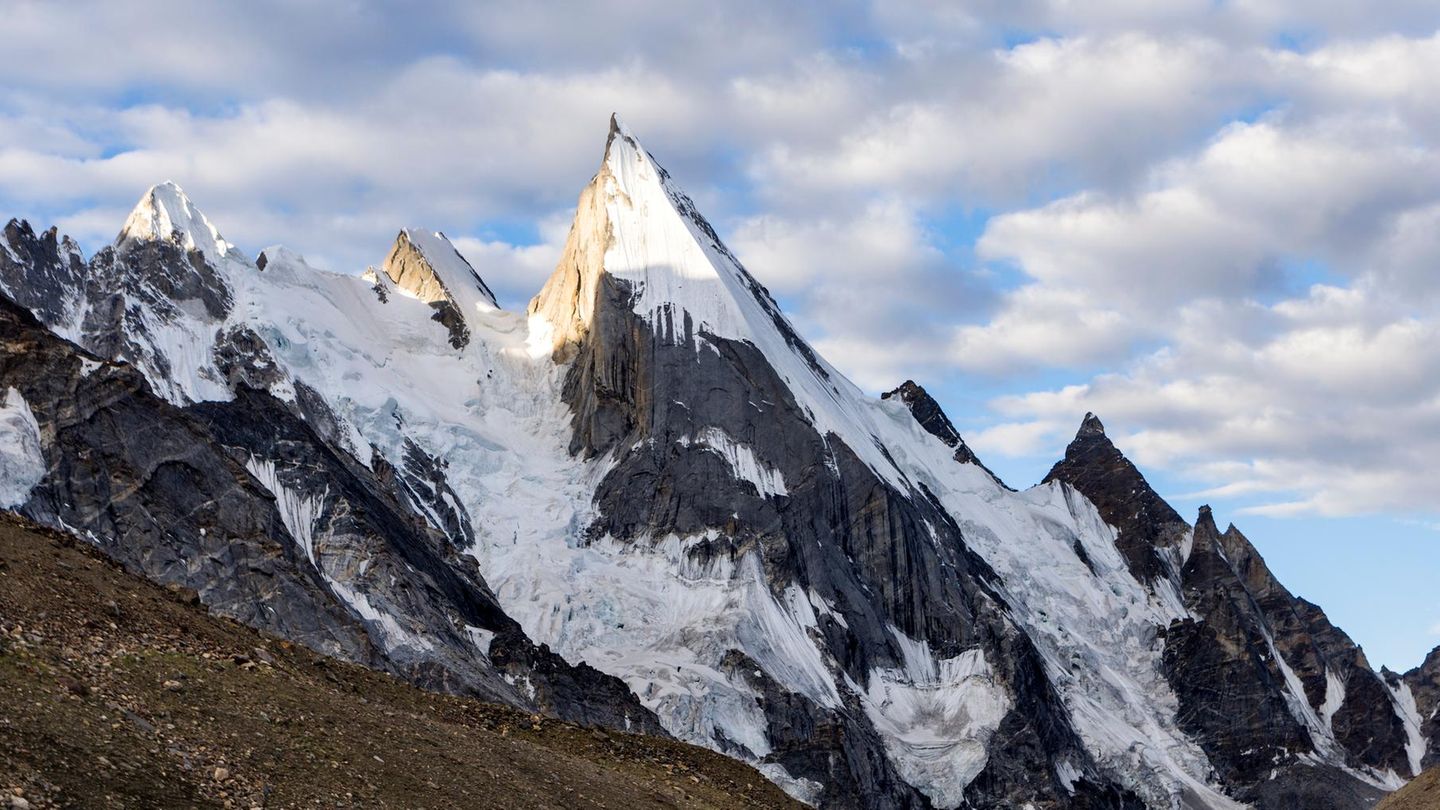I am Pierce Boyd, a driven and ambitious professional working in the news industry. I have been writing for 24 Hours Worlds for over five years, specializing in sports section coverage. During my tenure at the publication, I have built an impressive portfolio of articles that has earned me a reputation as an experienced journalist and content creator.
Menu
Why Laura Dahlmeier didn’t want her body to be recovered
Categories
Most Read
Football: Kahn and Effenberg strengthen Liverpools crousing Wirtz
October 3, 2025
No Comments
Football: FIFA introduces a new ball for the World Cup
October 3, 2025
No Comments
Racing leaders decide: Heat harvest: Formula 1 rule is for the first time in Singapore
October 3, 2025
No Comments
An invention of Argentine football: the curious history of the birth of the “Olympic goal”
October 3, 2025
No Comments
FIFA presented “Trionda”, the official World Cup 2026
October 3, 2025
No Comments
Latest Posts

Singapore GP: Franco Colapinto finished 19 ° in the first practice
October 3, 2025
No Comments
October 3, 2025 – 09:07 The Argentine pilot began a new competition in Alpine. He seeks to add his first points in the year. Motor1

The classic returns! HBO Max has just added a whole saga of horror movies to its catalog and you can’t lose it
October 3, 2025
No Comments
October 3, 2025 – 08:30 The platform decided to incorporate a classic into its catalog, which will not let you hit an eye at night.

Change of throne: Guillaume is the new Grand Duke of Luxembourg
October 3, 2025
No Comments
The new Grand Duke Guillaume and his wife Stephanie after the solemn commissioning The sons of the Grand Duke: The Prince Francoise (2) and Charles
24 Hours Worlds is a comprehensive source of instant world current affairs, offering up-to-the-minute coverage of breaking news and events from around the globe. With a team of experienced journalists and experts on hand 24/7.

